10 symbols of Russia that Russians are fed up with
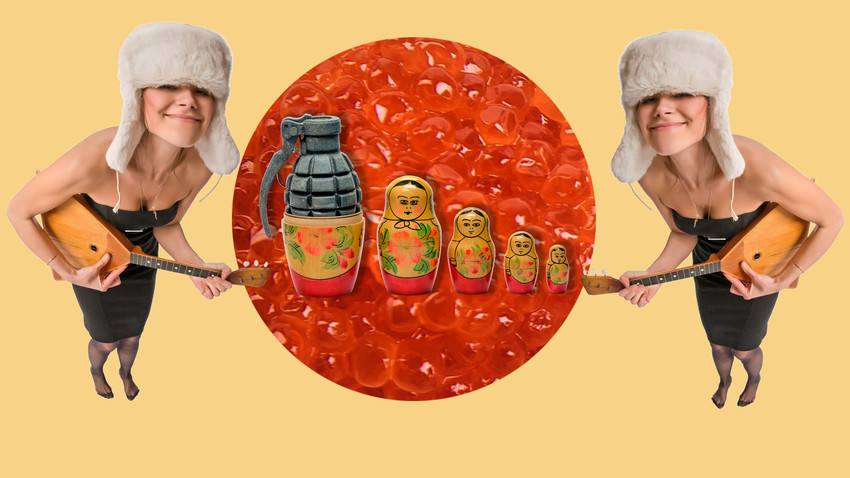
1. Matryoshka
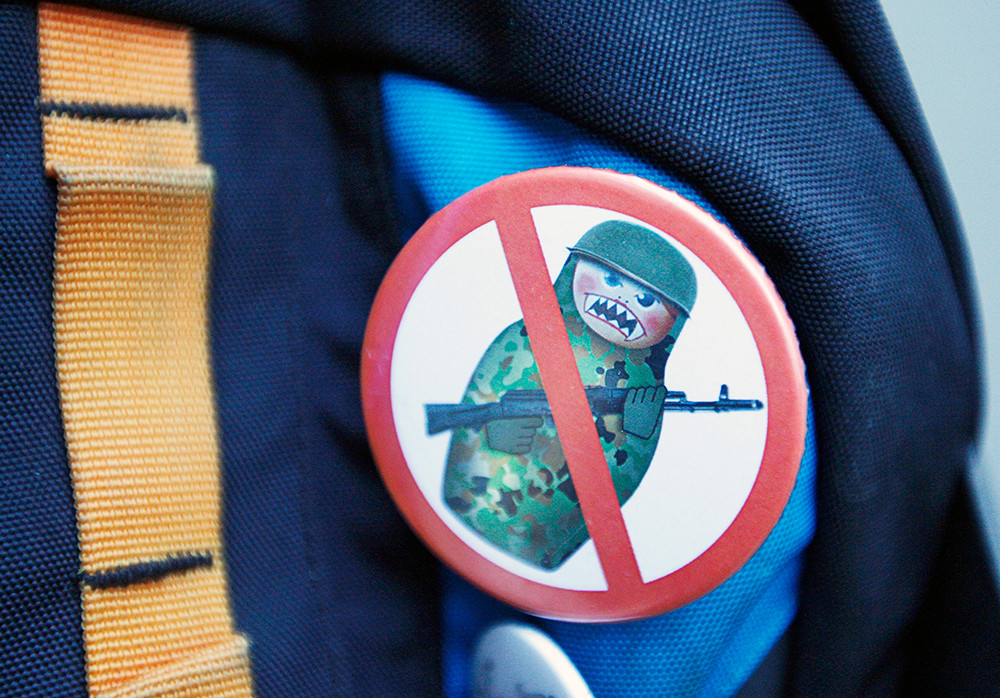
2. Russian women
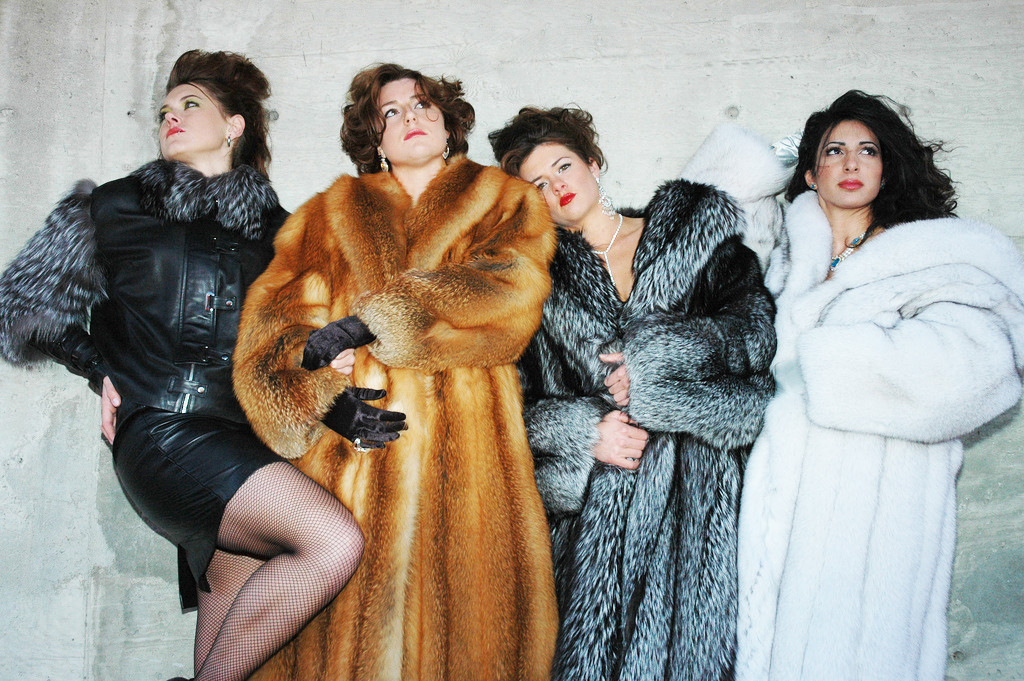
3. Kalashnikov rifle

First off, it’s strange to have the AK-47, the most proliferated assault rifle in the world as one of your national symbols, but there’s nothing we can do about it. Used as a tool for liberation in many countries, the “Kalash” has also
4. Balalaika
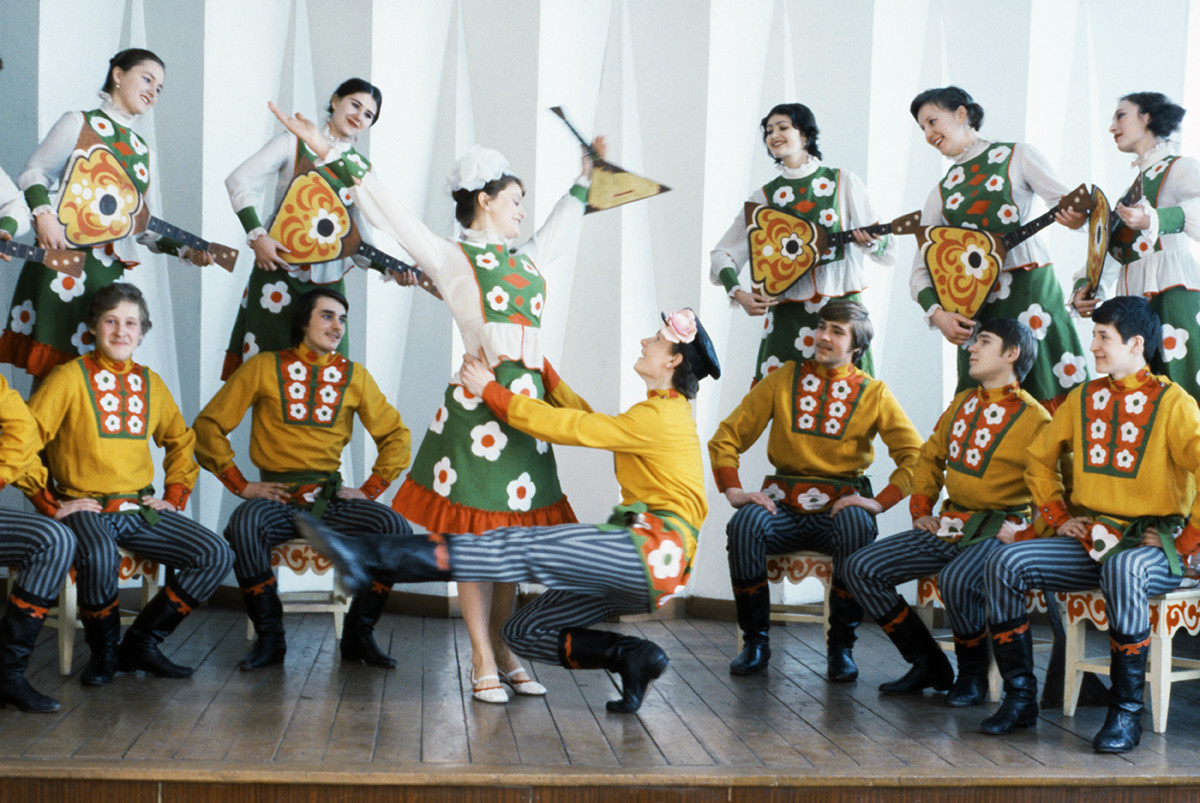
This musical instrument never served as an accompaniment to ancient Russian oral lore. Bards of Ancient Rus’ used the gusli, while the balalaika was only introduced around the 18th century, and its contemporary version was created at the end of the 19th century. It was
5. Bears
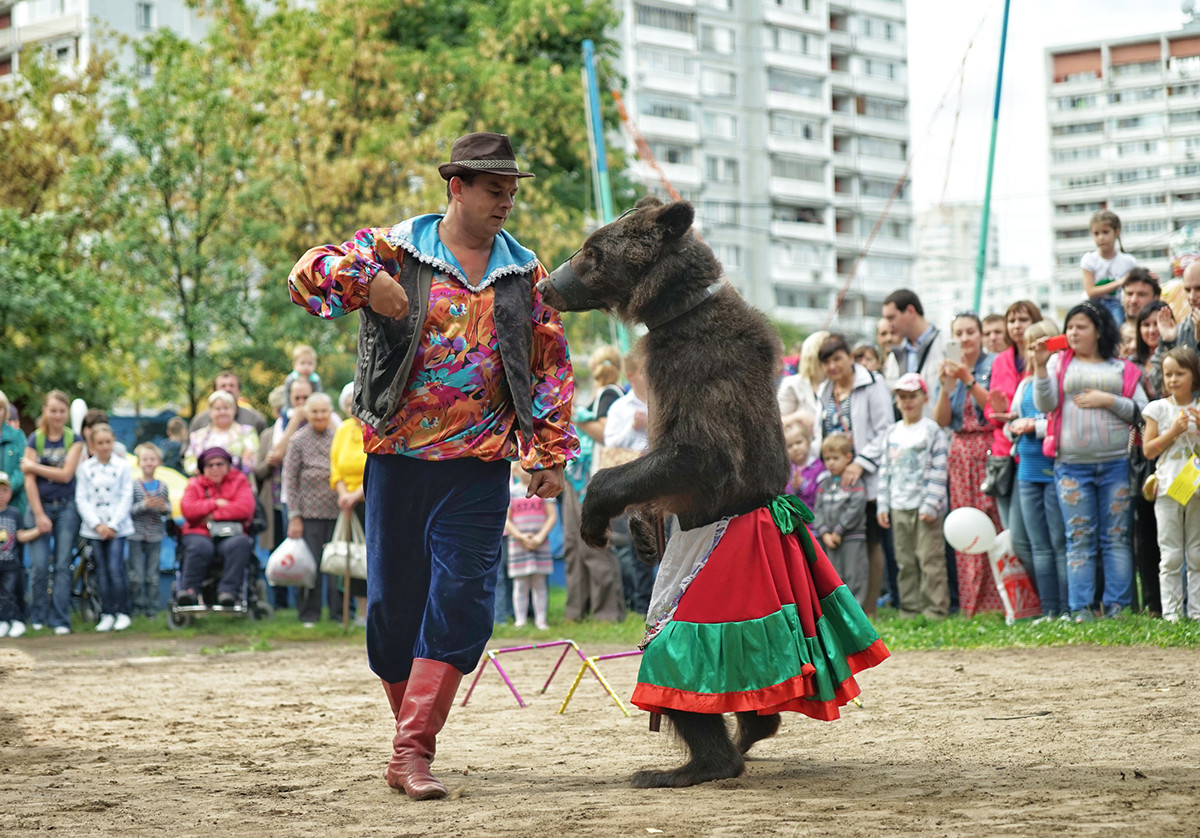
6. Vodka
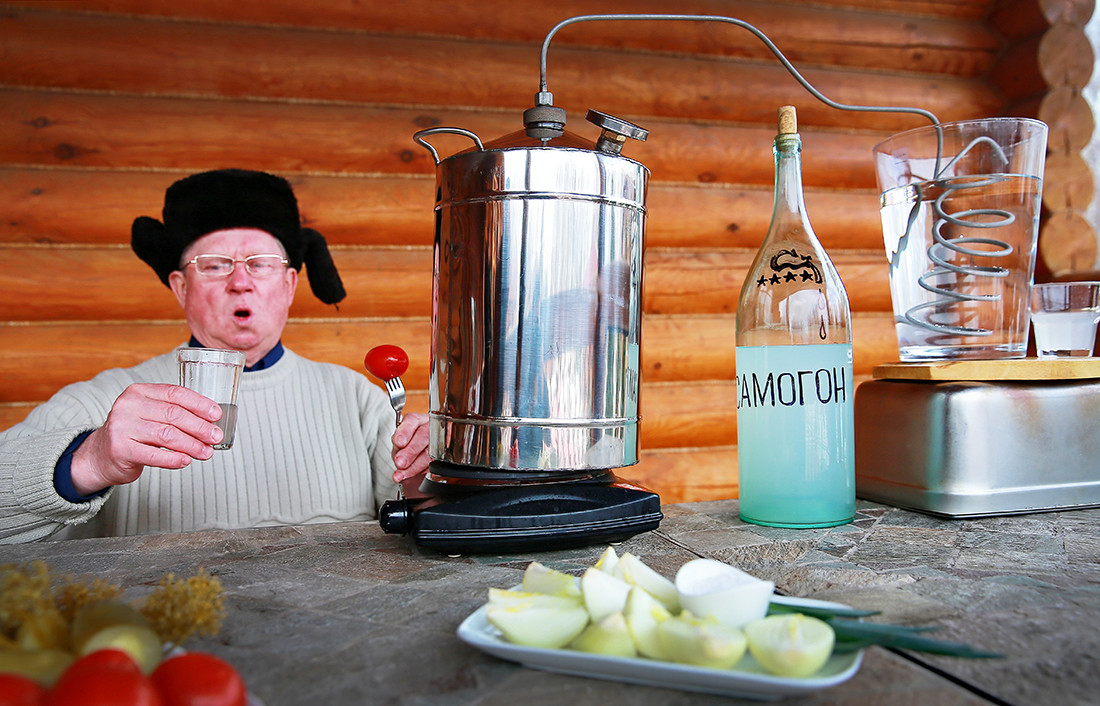
Again, the drink forever doomed to be associated with Russia wasn’t even invented here. It’s was slowly introduced first as a medicine, then as an elite drink for the tsars and nobility, and only in the 17th century did the powers that be encourage normal Russians to neck the stuff as there was a huge tax on the booze. These days Russians drink considerably less. Not many Russians like to show themselves as heavy drinkers. It’s not that we detest vodka now – we’re just not drinking it for breakfast, lunch, and supper. It’s still enjoyed during festive occasions, just like your regular gin or whiskey.
7. Ballet

Swan Lake, arguably the best-known Russian ballet among Russians, is remembered not only for its brilliant music and dance but also for being broadcasted on repeat during the 1991 coup d’etat. But for ballet as a symbol of Russia…Russian ballet as you know it is incredibly aged. Its composition and main moves come from the 19th and early 20th centuries, and currently, only ballet lovers are proficient in observing its peculiarities. It’s by no means mass art: most Russians, believe it or not, have never seen a single ballet production. Oh and the prices. Viewing national symbols shouldn’t cost an arm and a leg for the people who live in the country.
8. St. Basil’s Cathedral
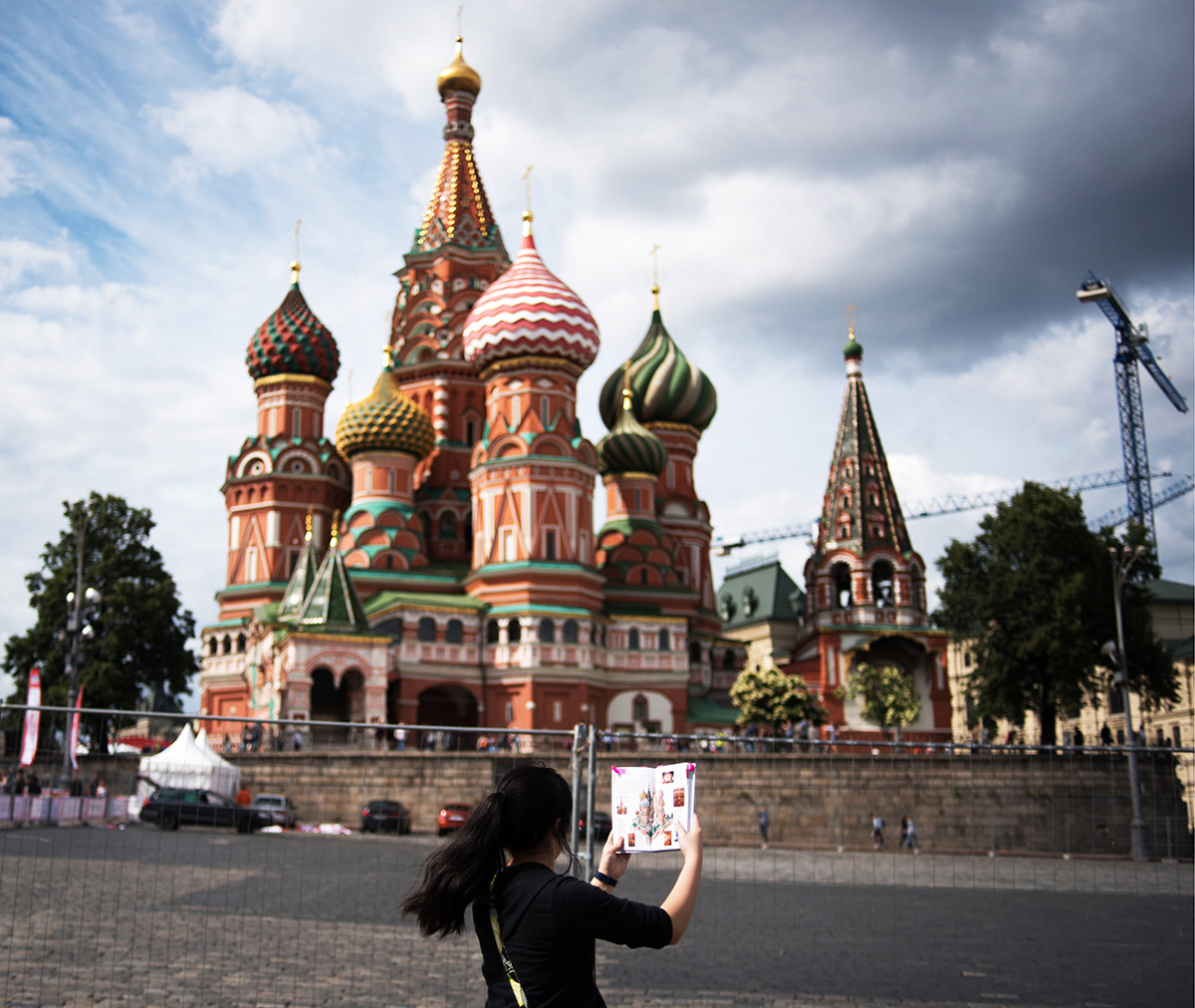
This nine-domed cathedral’s image is one of the most reproduced images of Russia. Even its silhouette is instantly recognizable around the world. What’s peculiar, though, is that the cathedral isn’t Russian in its architecture at all – it draws heavily from Italian and Eastern architectural traditions. The image of the cathedral is so widespread that for Russians it’s even hard to see it as a historical monument, and the crowds of tourists make it impossible to immerse yourself in meditation while inside. And it seems Russians weren’t satisfied with just one St. Basil – in St. Petersburg, the Cathedral on the Spilt Blood resembles St. Basil so much they always get confused by foreigners.
9. Olivier salad
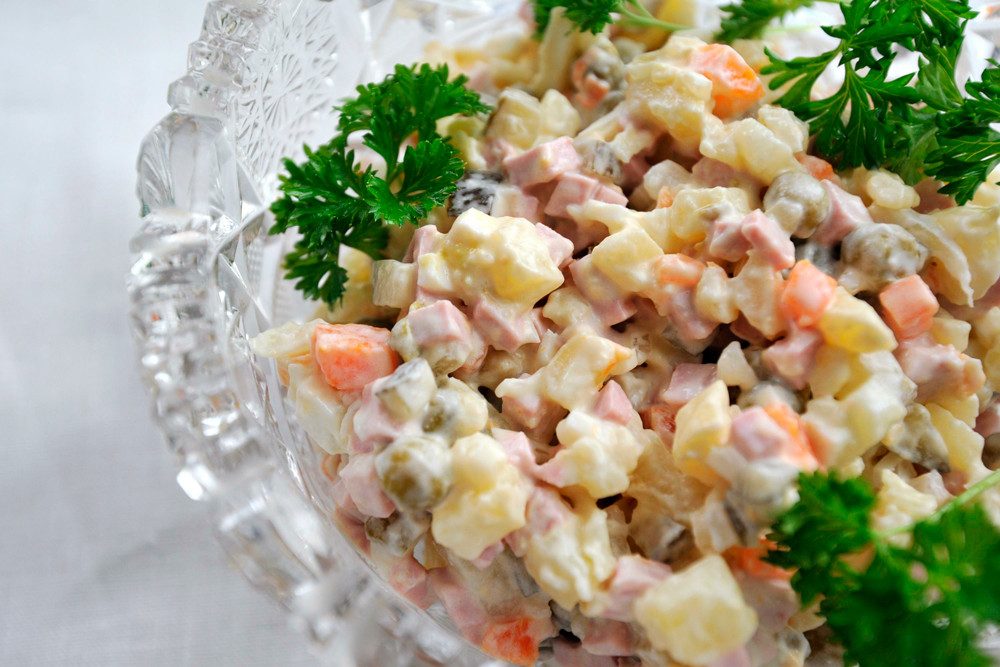
Russian salad, or “Olivier,” is named after its French creator, Belgian Lucien Olivier, the chef of the Hermitage, one of Moscow's most celebrated restaurants of the past. Olivier invented the salad in the 1860s, and it contained grouse, veal tongue, caviar, lettuce, crayfish tails, capers, and smoked duck. Yes, almost all of its original ingredients are no longer used. Take boiled potatoes, boiled eggs, ham, meat cut into cubes, green peas, mayo – and your basic Olivier is ready.
10. Caviar
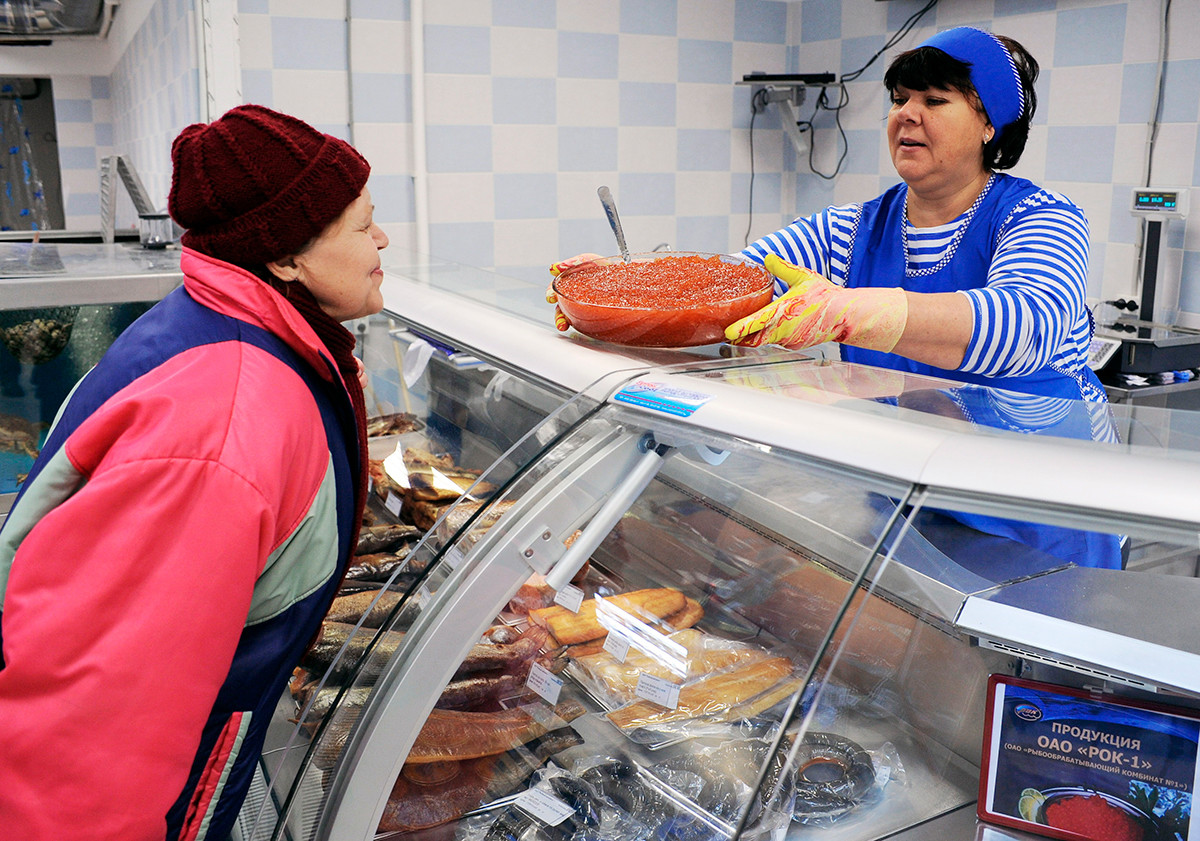
For most Russians, caviar is not a staple food, it’s a delicacy. Yes! Because it’s expensive! Salmon roe might appear on Russian tables several times a year (birthdays and New Year), but for most of us, sturgeon caviar is too posh. Don’t believe the movies in which Russians eat sturgeon (black) caviar for breakfast. Meanwhile, in the Far East, caviar is sometimes so abundant people use it as a beer chaser or feed it to their cats. But, when transported to Central Russia, the cost of caviar rises to exorbitant levels. A beautiful national symbol most of us can’t afford to taste.
If using any of Russia Beyond's content, partly or in full, always provide an active hyperlink to the original material.
Subscribe
to our newsletter!
Get the week's best stories straight to your inbox